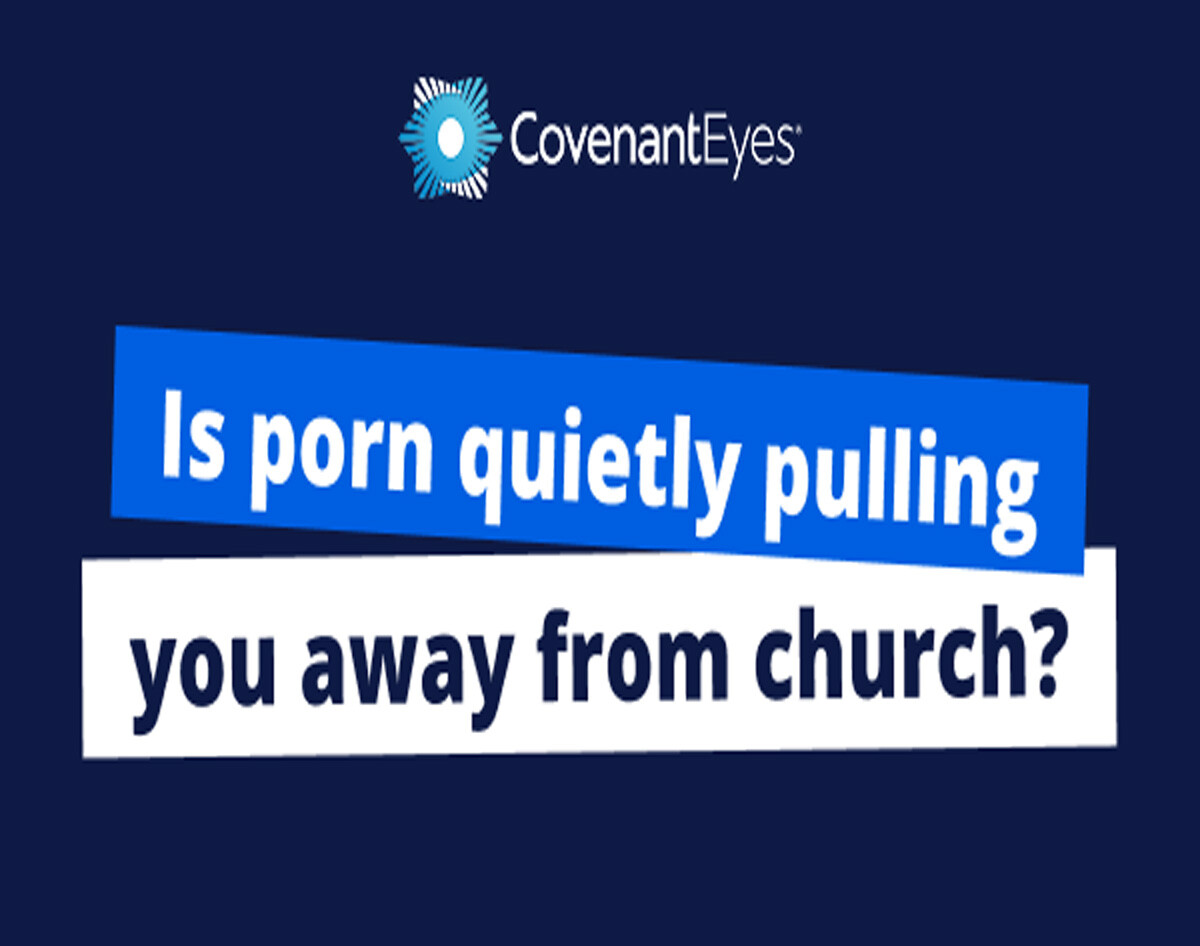
How Porn Affects Church Attendance
By Keith Rose
As time goes on, it seems like more and more Christians are watching porn. The average pew-sitter today is likely to have struggled with pornography at some point. And this struggle is also likely to pull them away from church. A growing body of research suggests that watching porn goes hand-in-hand with lower church attendance.
If true, this poses a serious threat to the Church! Let’s take a close look at the data and exactly what it tells us. We’ll also explore what this means for the Church, Christians, and their relationship with pornography.
Church Attendance Is Down
First, it’s no longer breaking news that religion in America is declining overall. More than any prior time in the nation’s history, Americans are identifying as “non-religious.” We should understand trends with pornography consumption in the context of increasing overall secularization.
Even among professing Christians, statistics suggest that church attendance has sharply declined since the COVID pandemic in 2020. George Barna reports that those who attend church only infrequently or never has risen by up to 56% since the pandemic.This corroborates what we’ve seen at Covenant Eyes. For more than two decades we’ve been helping people break free from pornography. When we survey our members, they tell us the main reason they’re using our service is to help their relationship with God.
Church attendance is one tangible way this bears out in peoples’ spiritual lives. As our society consumes more pornography, fewer people are going to church.
Regular Church Attenders (Generally) View Less Porn
Interestingly, professing Christians view just as much pornography as non-Christians. But the numbers tell a different story when you examine them closely: Christians who regularly attend church view much less pornography than those who don’t attend church.
A study out of the University of Calgary concluded that adolescents who regularly go to church are half as likely to view pornography as those who don’t. Looking at data from the General Social Survey (GSS), Lymon Stone of the Institute for Family Studies has found even more striking differences. Stone calculates that those who regularly attend religious services are five times less likely to view pornography than those who do not. This matches the findings at the Christian university: Watching coincides with feeling far from God and makes people less likely to get involved in spiritual communities.
Regular Church Attenders Are Also Becoming Likelier to View Pornography
Some shocking survey data has suggested that as many as two-thirds of Christian men watch pornography regularly. Some have even speculated that Christians watch more pornography than non-Christians. As we’ve seen, the statistics do not bear this out for the people most involved with the Church. But there’s still plenty of reason to be concerned for the people in the pews.
The Barna Group published research on Christians and pornography in The Porn Phenomenon. Here are the numbers of Christians watching porn at the time (2016):
- 13% of all Christians
- 41% of male Christians 13-24
- 23% of Christians 25 and up
- 13% of Christian females aged 13-24
- 5% of Christian females over 25
- 21% of youth pastors and 14% of pastors
These statistics indicate slightly lower porn consumption among Christians than reported by the GSS. Even so, more than one in ten Christians overall are struggling, with nearly half teenage boys and young adult men. Christian women over the age of 25 are the least likely group to struggle, but those who do often experience deep shame and isolation.
Despite porn being less of an issue inside the church, it’s still a MAJOR problem. And statistics indicate that it’s on the rise even among Christians.
Christians Feel Worse About Viewing Porn Than Non-Christians
In the past ten years, the problems associated with pornography have been widely acknowledge, even outside of Christian and other religious communities. There are negative effects of pornography that reach far beyond the spiritual realm, and secular organizations like NoFAP and Fight the New Drug have recognized this and are tackling the problem head-on. Even people with no religious qualms about pornography may experience shame from it.
However, as sociologist Samuel Perry has noted, Christians tend to be disproportionately affected by pornography. In an interview with The New Yorker, Perry noted that Christians who watch pornography are more likely to experience mental health problems, identity issues, and relationship problems. Perry suggests that this disproportionately negative experience of porn among Christians, rather than motivating them to give up pornography, may be what is pulling them away from the Church.
What Does This Mean for Your Church?
What are the implications for churches in America? More importantly, how should pastors and ministry leaders in 21st-century America respond to the pornography crisis?
Churches That Fail to Address Porn Are More Likely to Struggle
Karen Potter is a national speaker, podcast host, and Director of Marketing, Church, and Affiliate Channels for Covenant Eyes. After years of speaking at churches and meeting hundreds of church and ministry leaders, Karen has noticed a trend. Churches that do not tackle the issue of pornography head-on are more likely to struggle overall with church attendance.
On the other hand, churches that do have teaching, programs, and discipleship in place to confront pornography, are more likely to be thriving and flourishing. Your church can’t afford not to address the problem of pornography. While the statistics are frightening, they also point to a tremendous opportunity. Churches can make a difference.
Tackling Pornography Requires a Culture Shift for Most Churches
In The Healing Church, Sam Black looks at positive examples of churches that are the most successful in helping people overcome pornography. The answer is not having the right program or people in place, he says. It’s about establishing the right culture:
Healing Churches Can Reverse the Trend
The concept of a “healing church” isn’t abstract or unattainable. Black spells out how to make this happen in his book. You can join the growing number of churches that recognize the problem of pornography and do something about it. Furthermore, you can be part of a counter-cultural movement that is meeting people where they’re at and pointing them to the Gospel of Jesus.
This article posted by Covenant Eyes on January 23, 2025. See the original article here. Keith Rose holds a Master of Divinity degree and BA in Sacred Music. Keith worked with the Covenant Eyes Member Care Team for 15 years. He has also served as a Bible teacher, pastoral assistant, and music director at his local church. He's now the editor of the Covenant Eyes blog and the author of Allied: Fighting Porn With Accountability, Faith, and Friends. He lives in Hendersonville, North Carolina with his wife Ruby and daughter Winslow.
